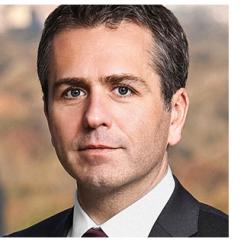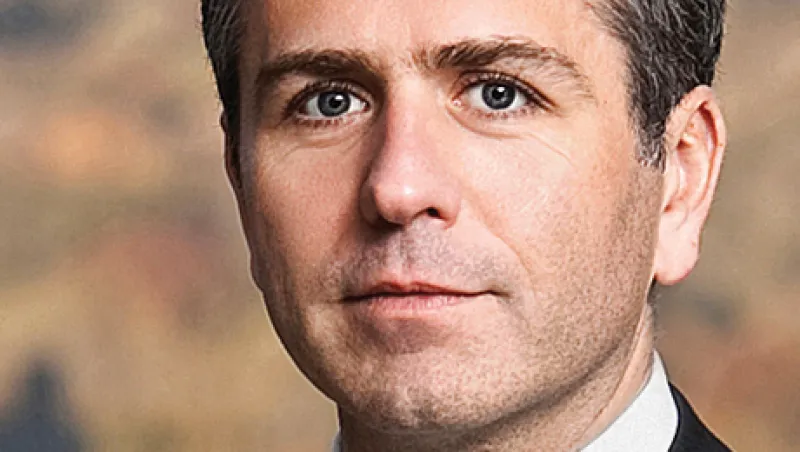PRIVATE EQUITY IS A LONG-TERM INVESTMENT — until it’s not. For investors who wish to do things like reduce the number of managers in a portfolio or move money into more-mainstream assets, there’s no longer a stigma around shedding private equity holdings. It’s easy to see why some people might seek to escape deals with private equity funds, which typically lock up capital and require annual commitments for a set period. These funds don’t trade publicly, so an informal secondary market has evolved in which investors sell their stakes rather than wait out contracts that can last as long as ten years.
“In the past, investors wanted to be discreet about selling private equity stakes, as they thought it might signal that they were distressed,” says Benoît Verbrugghe, New York–based head of AXA Private Equity for North America, which manages $17 billion in primary and secondary funds of funds. “It’s not taboo anymore.”

| |
| AXA Private Equity's Benoît Verbrugghe |
The market has attracted investors in secondary private equity funds of funds. Last year U.S. secondary funds grew their assets by 55 percent over 2011, to $10.5 billion, according to news and analysis service Dow Jones Private Equity Analyst. Meanwhile, ten European secondary funds raised a total of $11 billion in 2012, compared with $4 billion the previous year. AXA Private Equity, a subsidiary of French insurer AXA that entered the secondary business in 1999, launched fundraising for its fifth such fund in 2010, aiming to collect about $3.5 billion. When the fund closed last June, it had amassed commitments to invest $7.1 billion.
U.S. banks and European banks and insurance companies are among the biggest sellers of private equity commitments as they seek to comply with new regulatory and capital requirements, including those of unfinished edicts like Washington’s Volcker rule, which compels banks to dispose of private equity assets. AXA Private Equity bought a $1.9 billion portfolio from Bank of America Corp. — one of the first banks to unload — in 2010 and a $1.7 billion portfolio from Citigroup in 2011.
Pension funds are using the secondary market to shift strategies. Last year AXA Private Equity purchased $850 million in 11 funds from OMERS Private Equity, a division of $55 billion Ontario Municipal Employees Retirement System (OMERS). Paul Renaud, Toronto-based president and CEO of OMERS Private Equity, says his firm is now investing directly, whereas it used to go through third-party funds. The sale to AXA gave Renaud’s group cash that it could put straight into portfolio companies rather than using other funding sources or waiting for private equity funds to mature.
Rudy Scarpa, partner for global secondary investments at Pantheon, notes that the burst of secondary market activity among pension funds and other institutional investors stems in part from record fundraising in the middle of the past decade. In 2006 and 2007 alone, private equity shops amassed more than $1 trillion, according to London-based research firm Preqin.
“Now many investors are overallocated to the asset class or to a particular manager or even to a particular fund like a mega–buyout fund,” Scarpa says, so they must sell. “That’s a big structural change and the core of the secondary market. That’s not going to reverse.” Scarpa estimates that of the $25 billion in secondary market sales expected this year, one third will be from banks, one third from pension funds and the rest from various other sellers.
As with any maturing market, discounts on private equity assets are narrowing as more investors see the upside in buying stakes in funds whose managers’ strategies are further along in their life spans. “It was hard not to make money when you were paying a 40 to 50 percent discount at times,” says Scarpa, referring to the early days of secondaries. Supply still exceeds demand, he notes: “The secondary market may have matured, but there is a lot more supply of deals than there is capital.”







